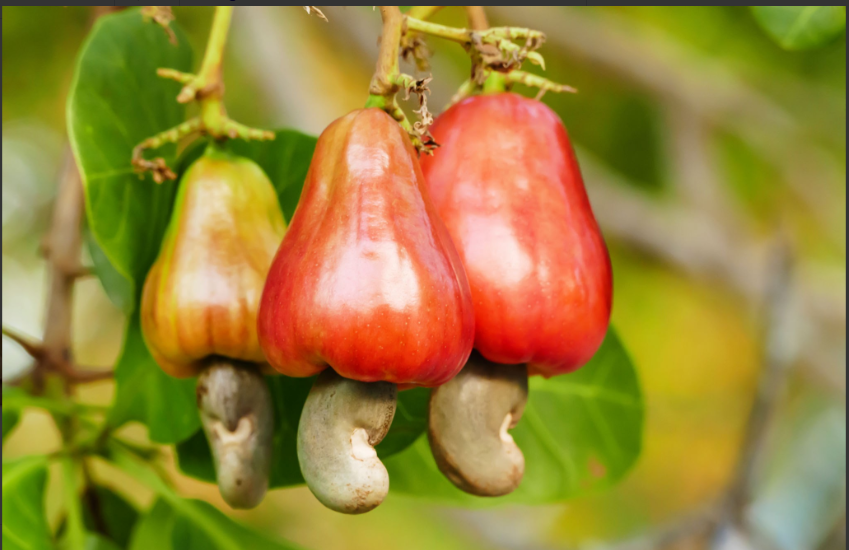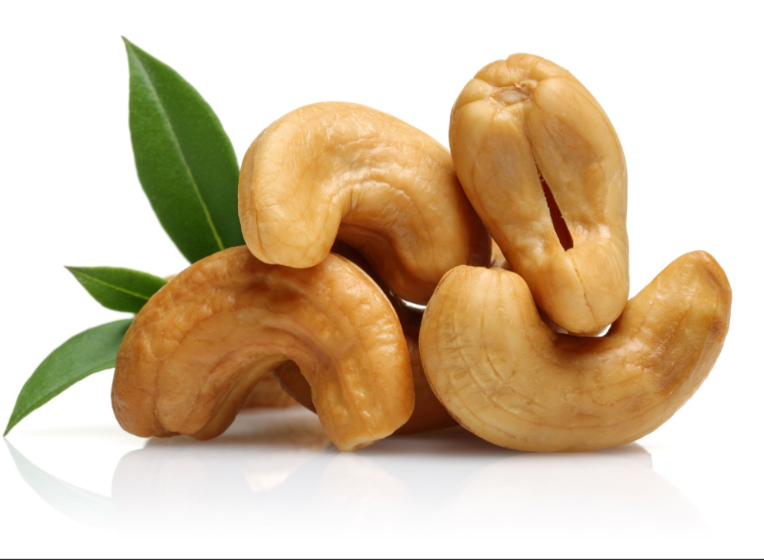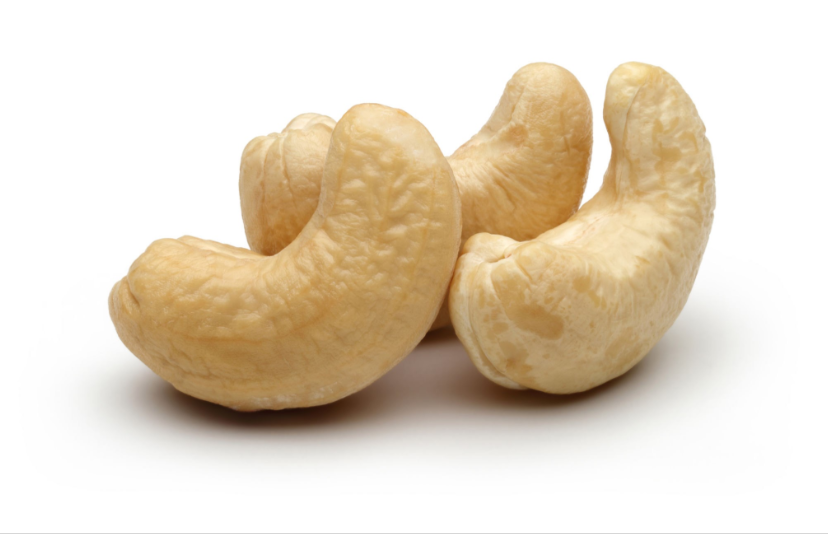“Can a Dog Eat Cashews and Seeds??” –

This is a question that can be answered both “yes” and “no”, depending on several factors. Let us understand this topic in depth, which will include cashews and different types of seeds.
Part 1: The Basics (Zero Level – The Basics)
1. Cashews:
In short: Flavored, unsalted, unroasted cashews are “non-toxic” to dogs in small quantities.
Problems: Due to high fat content, many digestive problems can occur.
2. Seeds:
In short: Some seeds are safe for dogs, while others can be toxic or even dangerous.
Problems: Depends on the type of seed, their preparation (such as roasted or raw), and their outer coating (such as cyanide in apple seeds).
General rules:
- Always do research or ask your vet before giving your dog any new human food.
- Always give very small quantities in the beginning.
- Avoid processed, salted, sweetened, or spiced human foods.
Part 2: Beginner to Intermediate Level – Detailed Information & Potential Risks:

Cashews: In-Depth
As I already told you, plain, unsalted, and unroasted cashews are technically not toxic to dogs. But there are some important warnings:
High Fat Content:
Risks: This may be the biggest risk for dogs. High-fat foods can cause gastrointestinal upset (vomiting, diarrhea).
Serious risks: Pancreatitis: Excessive amounts of fat can cause inflammation of the pancreas, leading to a painful and life-threatening condition called pancreatitis.This is especially a concern for dogs that have a history of pancreatitis or who are sensitive to fats.
Salt and Seasonings:
Risks: Most cashews available in the market often contain salt and other seasonings. Excess salt can be toxic to dogs, causing thirst, frequent urination, and in severe cases, sodium ion poisoning, which can cause neurological problems.
Choking Hazard:
Risks: Whole cashews can pose a choking hazard, especially for small dogs.
Allergic Reactions:
Risks: As with any new food, some dogs may be allergic to cashews. Symptoms may include itching, hives, facial swelling, vomiting, diarrhea, or difficulty breathing.
Aflatoxins:
Risks: If cashews are not stored properly, they can develop mold that produces toxins called aflatoxins. These can cause liver damage and can be very serious for dogs. Although this is rare, it is a risk worth considering.
Calories and Weight Gain:
Risks: Cashews are high in calories. Feeding cashews regularly or in large quantities can lead to weight gain, which can lead to obesity-related health problems.
Seeds: Deeply
- It gets even more complicated when it comes to seeds because “seed” is a broad term.
- Safe Seeds (Small quantity and properly prepared):
- Chia Seeds: Rich in omega-3 fatty acids and fiber. Can be given in small quantities by soaking them in water.
- Flax Seeds: Rich in omega-3 fatty acids. It is best to give them ground so that the nutrients can be absorbed, as whole seeds can be chewed directly.
- Pumpkin seeds: Plain, roasted (without added salt or spices), or raw (but completely dry) pumpkin seeds may be safe in small amounts.Which also contains zinc and other minerals. It is sometimes claimed to help remove intestinal worms, but this is not scientifically proven yet and is not a substitute for a professional dewormer.
- Sunflower seeds: Unshelled, unsalted sunflower seeds are safe in small amounts. They contain vitamin E.
- Apple Seeds: Contain cyanide. Although one or two won’t cause harm, ingesting large amounts or regularly can be dangerous.
- Cherry, Apricot, Peach, Plum Pits: These contain cyanide and can pose a choking hazard to your dog.
- Avocado Pit: Contains a fungicide called persin, which is not toxic to dogs, but the pit is very choking hazardous.
- Citrus Seeds: (lemon, orange, grapefruit, etc.) These contain some toxic compounds. Although one or two won’t cause any major problems, avoid giving large or excessive amounts.
- Pomegranate seeds: These are not poisonous in themselves, but in large quantities can cause diarrhea and vomiting.
- Custard Apple Seeds: These are poisonous and should not be given to dogs.
- Castor Bean Seeds: Highly poisonous.
- Apple Core: In addition to the seeds, the core also poses a choking hazard for dogs.
Things to consider when giving seeds:
Cyanide Risk: Some fruit seeds (such as apples, apricots, cherries) contain cyanide. It is released after being digested in the stomach. Small amounts rarely cause any problems, but large amounts can be dangerous.
Choking and Intestinal Blockage: Large, hard seeds (such as peach pits) can get stuck in the throat or cause an intestinal blockage, which may require surgery.
Lignans: Some seeds contain lignans, which are phytoestrogens. Some research suggests they may be beneficial for some dogs, but may cause problems in high amounts or with certain hormone-sensitive conditions.
Calories and Fats: Seeds are often high in fat and calories, so moderation is key.
Part 3: Advanced Level & Practical Advice:

What to Give & How:
* Cashew:
Give only if: Plain, unsalted, unroasted.
Quantity: Maybe one cashew for a small dog, and two or three for a larger dog. This should be a “treat”, not part of a regular diet.
Preparation: Always break into small pieces to greatly reduce the risk of choking.
When to Avoid: If your dog has a history of pancreatitis, avoid cashews altogether.
Seed:
Chia/Flax seeds: A pinch to 1/2 teaspoon per day for a small dog, up to 1 teaspoon for a large dog. Can be given soaked or ground.
Pumpkin/Sunflower seeds: Plain, unpeeled (for sunflower), without salt/spices. Can be given in very small quantities (a few seeds).
Always remember: human food intake should not exceed 10% of your dog’s daily calorie intake. And the main diet should always be a balanced diet for dogs.
What NOT to Give:
- Any salted, spiced, sweetened cashew or other nut mixtures.
- Any type of fruit pits (peaches, apricots, cherries, etc.).
- Apple seeds or cores.
- Raw or unshelled seeds that are difficult to digest or contain toxins.
- Seeds that you have not identified as safe.
Monitoring and Response:
- Always monitor your dog’s behavior for at least 24-48 hours after giving him any new food. For example:
- Look for symptoms: vomiting, diarrhea, lethargy, abdominal pain, excessive thirst, itching, swelling, or difficulty breathing.
- If there is a problem: If you notice any worrying symptoms, contact your nearest veterinarian immediately.
Veterinarian Consultation:
Best Practice: If you’re making any significant changes to your dog’s diet, or if your dog has any underlying health conditions (such as diabetes, history of pancreatitis, food allergies), always talk to your veterinarian before adding any new human food.
Your veterinarian can provide the best advice based on your dog’s specific needs and health history.
Long-term Perspective:
Dogs do not need cashews or seeds to survive. Their diet should come from high-quality dog food formulated specifically for them, which contains all the necessary nutrients.
Human foods should only be given occasionally as a “treat,” and only if they are safe and prepared properly.
Conclusion:
The answer to “Can dogs eat cashews and seeds?” lies in caution, moderation, and awareness. While some options are safe, risks do exist. Always make your dog’s health and safety a top priority.If in doubt, don’t give it, and always seek advice from your veterinarian.









